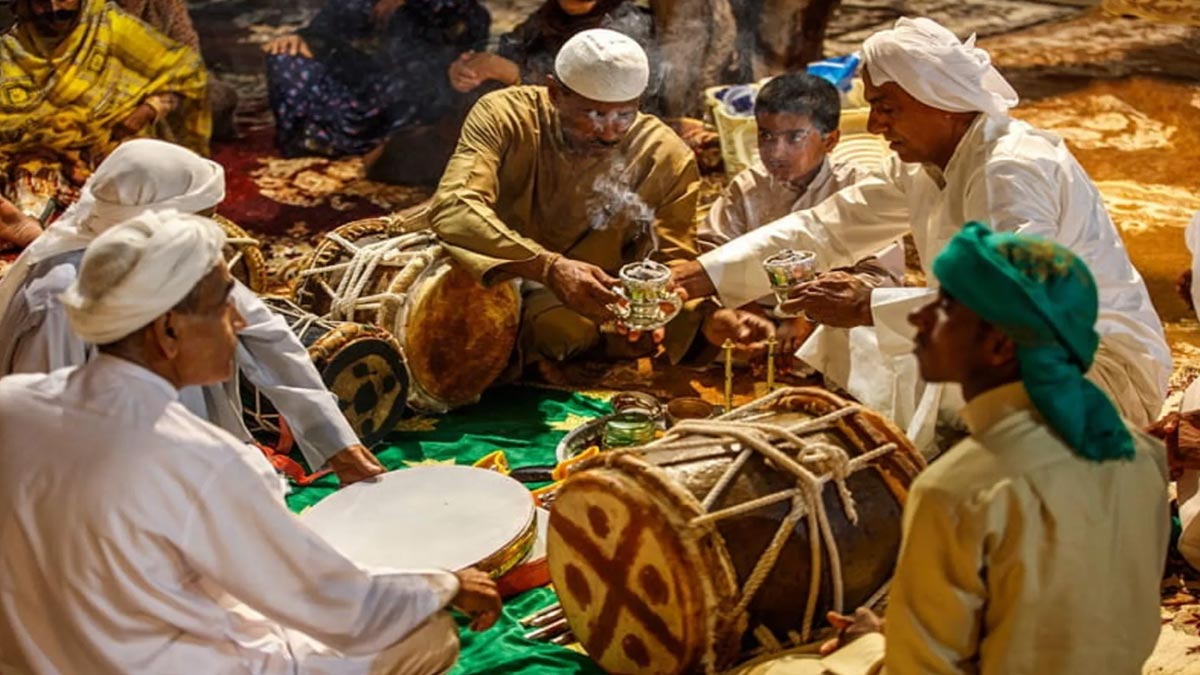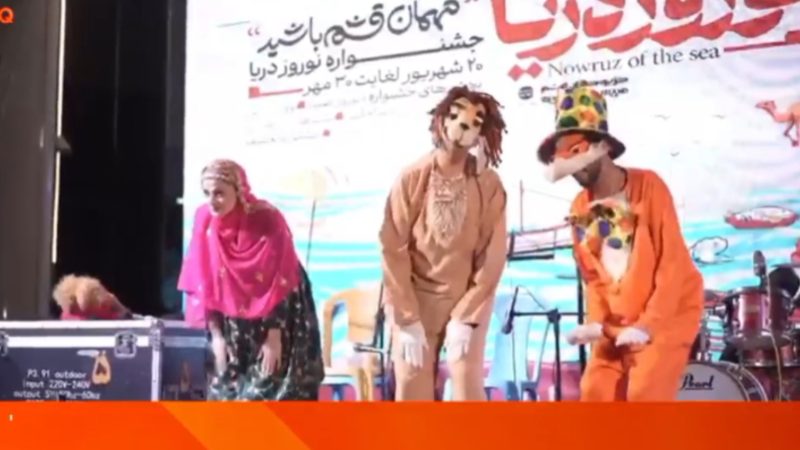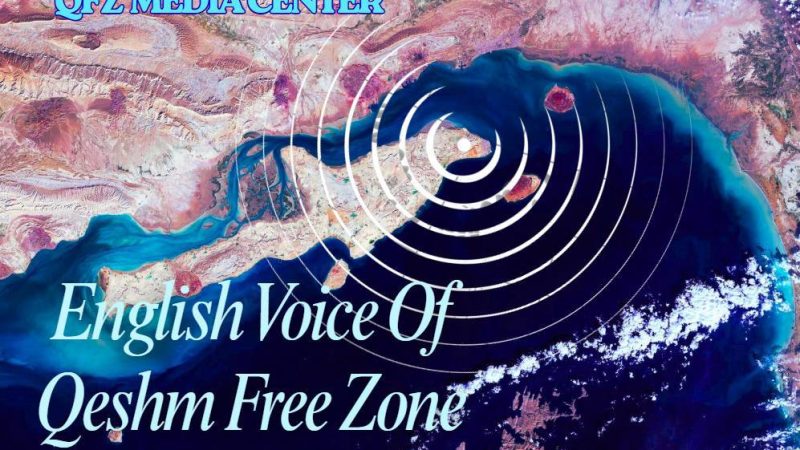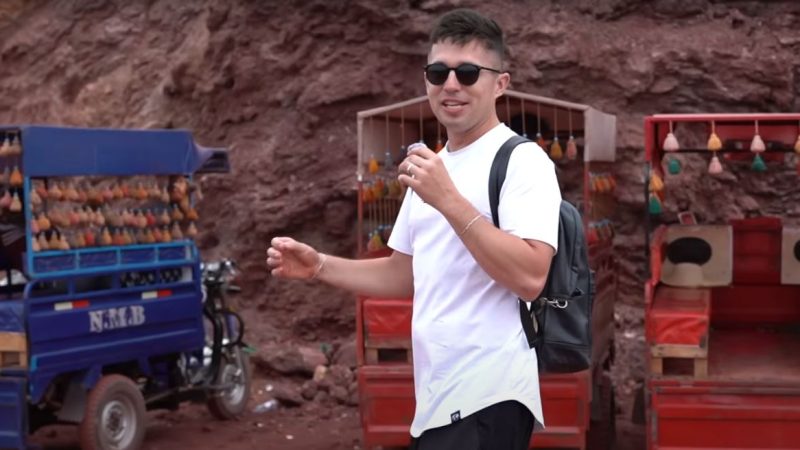Traditional Music and Instruments of Qeshm Island: The Rhythms of the Persian Gulf

Located in the heart of the Persian Gulf, Qeshm Island is not only the largest island in Iran but also one of the richest in terms of cultural heritage. Among its many treasures, the traditional music of Qeshm stands out as a vibrant expression of the island’s identity, shaped by centuries of interaction between coastal communities, sailors, and traders. The folk music of Qeshm Island is deeply rooted in the islanders’ way of life, reflecting their history, beliefs, and connection to the sea.
This article explores the musical traditions of Qeshm Island, the unique traditional instruments, and the role music plays in local ceremonies, offering a fascinating cultural journey into one of the Persian Gulf’s most soulful islands.
The Cultural Context of Music on Qeshm Island
The traditional music of Qeshm Island is inseparable from its cultural environment. Influenced by the diverse ethnic backgrounds of its residents—mainly Iranian Arabs, Bandaris, and Afro-Iranians—Qeshm’s music carries sounds and rhythms shaped by the sea, desert, and migration.
Music plays a central role in the social and spiritual life of the people. It is used in:
Religious rituals and spiritual healing ceremonies
Wedding celebrations and festivals
Fishing and sailing traditions
Storytelling and oral history transmission
The rhythms of Qeshm echo the waves of the Persian Gulf, with percussions and chants reflecting the ebb and flow of island life.
Traditional Instruments of Qeshm Island
The musical instruments used in Qeshm’s traditional music are mostly percussive, creating a strong rhythmic base. Some instruments are unique to southern Iran and the Persian Gulf region, while others are shared with coastal communities in Africa and Arabia, due to centuries of maritime trade.
1. Dammām (دمام)
A double-headed drum played during religious and healing rituals, especially in Zār ceremonies. The Dammām of Qeshm produces deep, trance-like rhythms used to induce spiritual states.
2. Senj (صنوج)
Also known as cymbals, Senj are often used alongside Dammām to maintain the rhythm in religious ceremonies or festive parades.
3. Tanburah (طنبوره)
A stringed instrument with African origins, widely used in Zār rituals. The Tanburah is plucked in repetitive patterns that accompany chants and singing.
4. Ney (ناي)
A reed flute that adds a melancholic or mystical tone to the music. It is less common in upbeat ceremonies but is used in storytelling and spiritual contexts.
5. Jokh (جُخ)
A unique clapping rhythm made by hand or small percussion instruments. It is common in women’s musical gatherings and celebratory dances.
Zār Rituals and Spiritual Healing
One of the most fascinating aspects of Qeshm Island’s traditional music is its use in Zār rituals—a spiritual healing ceremony believed to exorcise bad spirits. Though practiced in other parts of southern Iran, the version found on Qeshm has distinct features.
These ceremonies involve a group of musicians playing Dammām, Senj, and Tanburah, while participants chant and dance in a circular pattern. The music plays a central role in reaching a trance state believed to cleanse the body and mind.
Music in Festivals and Weddings
During weddings on Qeshm Island, music is a major component of the celebration. Traditional groups perform energetic songs, and women often participate in drumming and clapping. Songs may include poetic verses praising the bride and groom, sea-themed lyrics, or traditional stories from Qeshm folklore.
Festivals such as Nowruz or religious celebrations are also accompanied by traditional music. Locals wear colorful traditional clothing and dance in rhythmic circles to the beat of percussion instruments.
Preserving Musical Heritage in Modern Qeshm
With the growth of tourism in Qeshm Island, local efforts to preserve and promote traditional music and instruments have increased. Cultural centers and NGOs now organize performances, workshops, and recordings to safeguard this intangible heritage.
Music is not only a cultural artifact but also a tourism attraction in Qeshm. Visitors from around Iran and abroad seek authentic experiences, and live music performances—especially Zār ceremonies and folk dances—offer unforgettable glimpses into island life.
Conclusion
The traditional music of Qeshm Island is more than entertainment—it is a living memory of the people, a rhythmic map of their emotions, faith, and history. Rooted in the soil of southern Iran and echoing across the Persian Gulf, Qeshm’s music continues to enchant listeners with its raw energy and cultural depth.
By preserving its instruments, rhythms, and ceremonies, Qeshm Island safeguards a vital piece of its identity and shares its voice with the world.



















بدون Comment